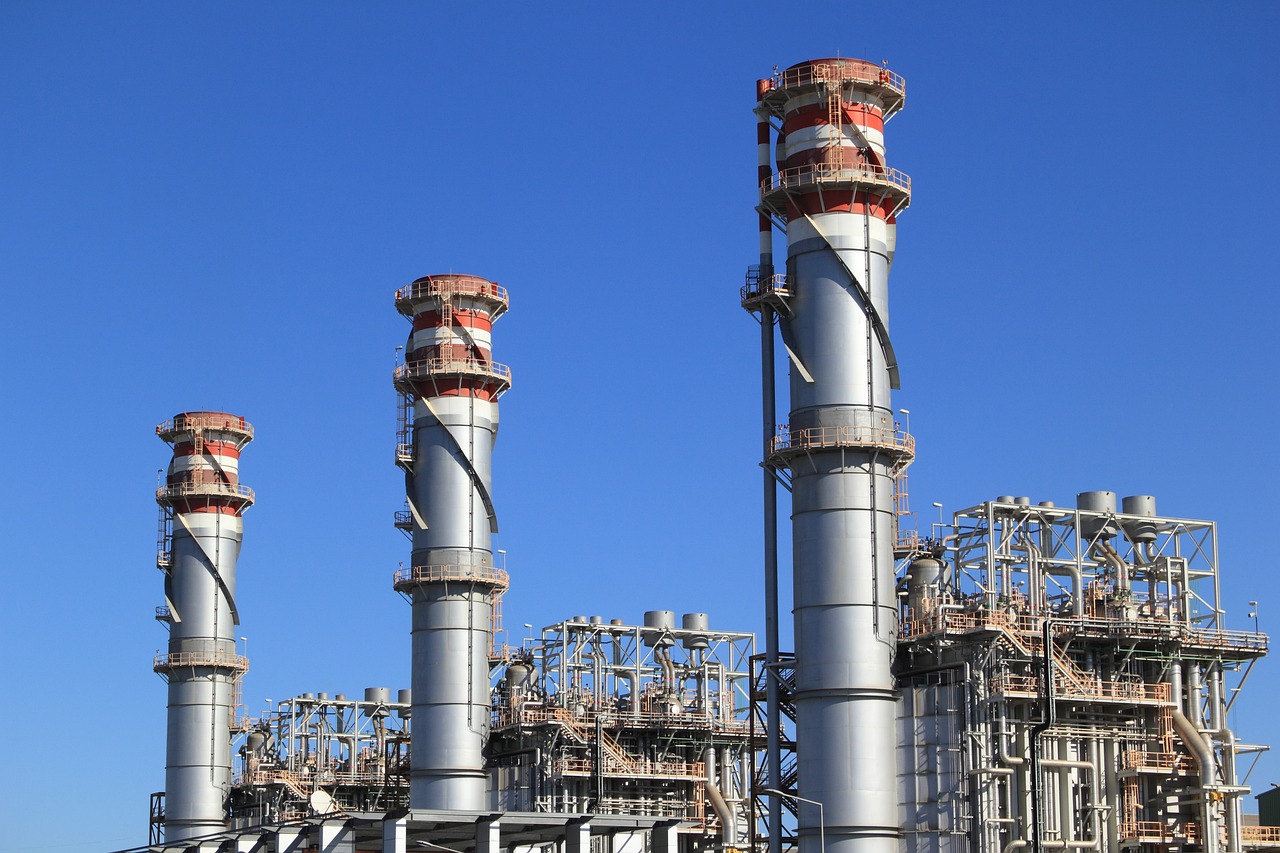In a world where environmental concerns and resource conservation are at the forefront of global discussions, the concept of green building stands as a beacon of hope for a sustainable future. Green building, also known as sustainable or eco-friendly building, represents a paradigm shift in the way we design, construct, and operate buildings. With a laser focus on reducing environmental impact and promoting resource efficiency, green buildings exemplify the harmonious coexistence of modern infrastructure and ecological responsibility.
Redefining Building Practices: The Key Principles of Green Building
At the core of green building lies a set of key principles that guide architects, engineers, and construction professionals towards a more sustainable path:
1. Energy Efficiency: Green buildings prioritize energy efficiency through innovative design and technology integration. From energy-efficient lighting and appliances to well-insulated building envelopes and smart energy management systems, every aspect is meticulously engineered to minimize energy consumption.
2. Water Conservation: Conscious water usage is a hallmark of green buildings. Low-flow fixtures, rainwater harvesting systems, and drought-resistant landscaping are just a few measures that contribute to reduced water waste and increased conservation.
3. Renewable Energy: Embracing the potential of renewable resources, green buildings often integrate solar panels, wind turbines, or other renewable energy sources to generate electricity on-site, decreasing reliance on conventional energy grids and lowering greenhouse gas emissions.
4. Sustainable Materials: In the quest for sustainable materials, green buildings gravitate towards using recycled, reclaimed, or rapidly renewable resources. Minimizing the environmental impact of construction materials becomes an essential element in the building’s lifecycle.
5. Waste Reduction: From the earliest stages of construction to the operational phase, waste reduction is a key priority in green building practices. Recycling construction waste, implementing waste reduction programs, and promoting circular economy principles all contribute to a more eco-conscious approach.
6. Indoor Air Quality: In recognition of the profound impact indoor environments have on occupant health and well-being, green buildings emphasize indoor air quality. Proper ventilation, low-emission materials, and pollutant control measures all ensure a healthier, more comfortable space for building occupants.
7. Location and Transportation: The location of a green building is carefully considered to promote sustainable transportation options. Easy access to public transit, provisions for bicycle parking, and car-sharing initiatives are all geared towards reducing the carbon footprint associated with daily commutes.
8. Adaptability and Resilience: As environmental challenges become more unpredictable, green buildings strive for adaptability and resilience. Embracing designs that accommodate changing conditions and promoting long-term sustainability helps future-proof these structures.
9. Certification and Standards: Green building practices are guided by recognized certification systems and standards such as LEED and BREEAM. These frameworks provide benchmarks for achieving sustainability goals and inspire continuous improvement.
The Far-Reaching Impact of Green Building
The impact of green building reaches far beyond the confines of individual structures. As these sustainable edifices become more prevalent, the cumulative effects on the environment and society are profound:
Environmental Benefits: Green buildings significantly reduce energy consumption, greenhouse gas emissions, and water usage. By promoting sustainable practices and materials, they contribute to preserving natural resources and protecting biodiversity.
Economic Advantages: While green building may entail higher initial costs, the long-term benefits outweigh the investments. Energy and water savings lead to reduced operational expenses, increased property value, and a positive return on investment over time.
Improved Well-being: Building occupants reap the rewards of green building features, enjoying better indoor air quality, increased natural lighting, and enhanced comfort. These factors have been linked to improved health, productivity, and overall well-being.
Community Resilience: Green buildings play a pivotal role in fostering resilient and sustainable communities. As green infrastructure proliferates, the collective impact translates into cities better prepared to address the challenges posed by climate change.
Championing a Sustainable Future: Our Role in Green Building
As we stand at the crossroads of environmental responsibility, green building emerges as a powerful ally in shaping a sustainable future. From architects envisioning carbon-neutral structures to engineers driving energy-efficient innovations, and policymakers advocating for sustainable building practices, each stakeholder plays a crucial role in advancing green building principles.
The journey towards a sustainable built environment requires a collective commitment to embrace green building practices and promote environmental stewardship. As more cities and communities embrace the vision of a greener, more sustainable world, green building emerges as an emblem of hope, paving the path to a harmonious coexistence with nature and securing a better tomorrow for generations to come.














